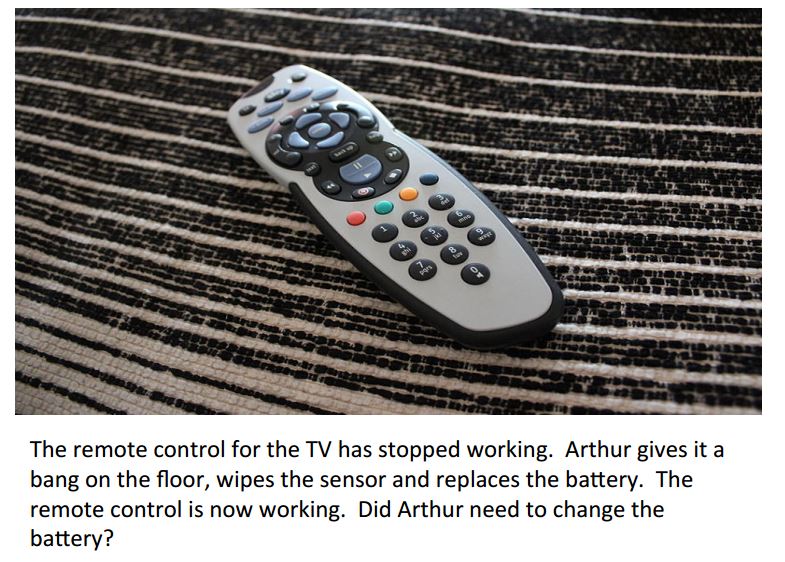Variables in science teaching resources
Worksheets and ideas to get students thinking about control, dependent and independent variables in science (GCSE and Key Stage 3)
Validity – the suitability of the investigative procedure to answer the question being asked, is all about controlling variables. For example, an investigation to find out if the rate of a chemical reaction depended upon the concentration of one of the reactants would not be a valid procedure if the temperature of the reactants was not controlled.
Making your results valid – controlling variables
Worksheet on control variables and the pollen count. Students read a passage about how pollen counts are carried out across the UK. They consider which variables must be kept the same i.e. controlled across the different sampling stations. Thanks to the University of Worcester! (PDF)
Worksheet on validity and writing a valid method. Students consider what the term ‘valid’ means. They plan an investigation to determine which fast-food restaurant has the saltiest chips. They must identify the dependent, independent and control variables when planning the experiment. Once they have completed the practical investigation, students use averages to display their data. (PDF)
The independent variable
Changing only the independent variable. This short activity introduces the problems that arise when changing multiple variables at one time. A simple scenario involving a broken remote control helps students understand how changing more than one variable at a time makes it impossible to identify cause. Students work in pairs to discuss the problem and feedback ideas to the class. This would be a useful activity to do with students before introducing the concept of validity. (PDF)
A simple context to plan an investigation to control variables
Once students have learnt about the need to control variables you could ask them to plan an investigation using the practical planner. A great context is curry! Ask students to plan an investigation into which drink relieves the burning sensation of curry the most: milk, coke, or water. This context is familiar and so students can focus on variables as opposed to being distracted by the science. Variables to think about include – temperature of the curry and drinks, volumes, mass of curry eaten, chewing time and type of curry. Students will need to think about how to measure ‘hotness’ and relief. The science behind why milk works is here.

